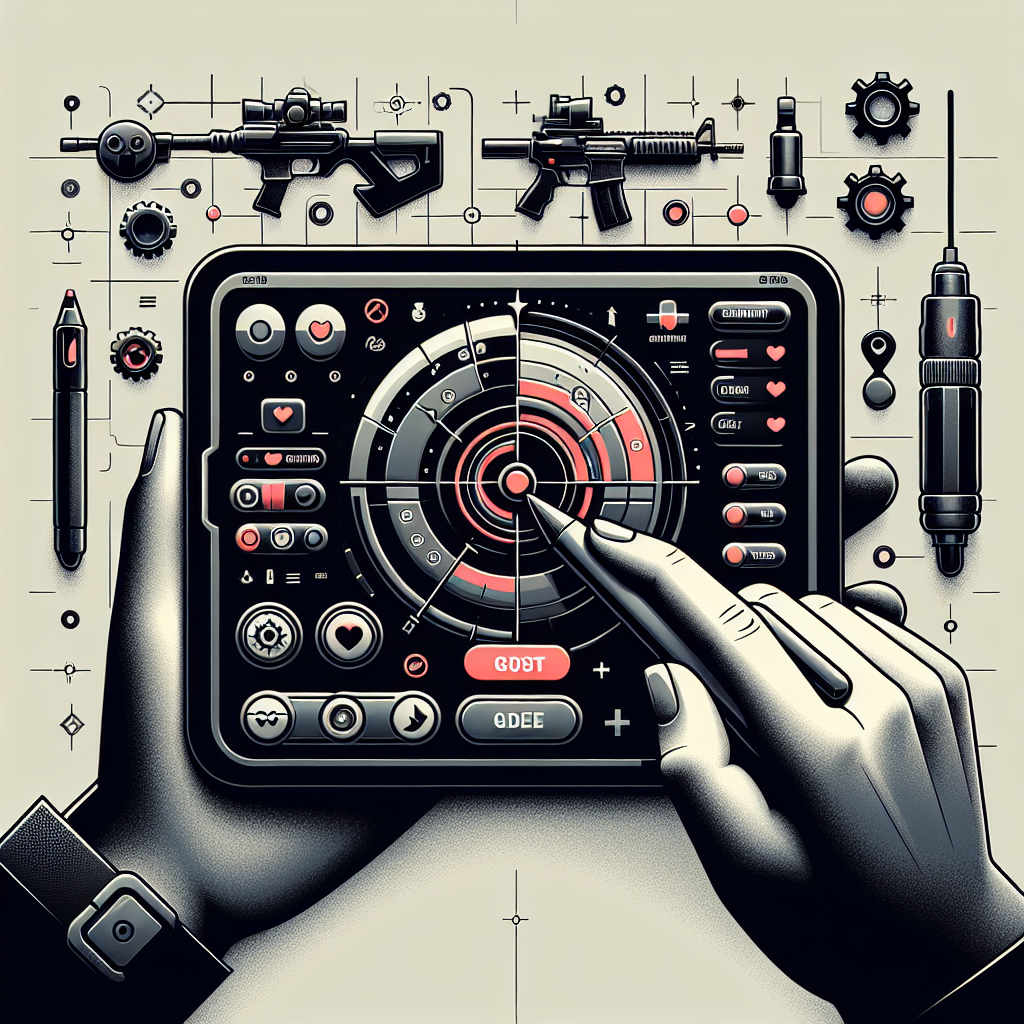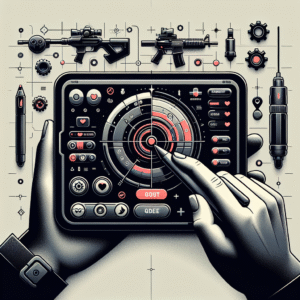Mastering the Break Shot in 8 Ball Pool
Mastering the break shot in 8-ball pool is a critical aspect of the game that can set the tone for the entire match. It is often said that a game of pool is won or lost right at the break, and for good reason. A well-executed break shot can pocket multiple balls, spread the rest evenly across the table, and give the breaker a significant strategic advantage. This detailed guide delves into the intricacies of the break shot, offering key insights, techniques, and tips to elevate your pool game to the next level.
Understanding the Fundamentals of the Break Shot
The break is the opening shot of the game and involves striking the cue ball in a manner that drives it into the rack of fifteen object balls arranged in a triangular formation. A successful break demands both power and precision, requiring players to balance the force of the strike with the cue ball’s trajectory to prevent errors and maximize outcomes.
Selecting the Right Equipment
The choice of cue stick is pivotal. For the break shot, players often prefer a cue with a heftier weight, typically ranging between 19 to 21 ounces. A heavier cue can transfer more energy from the stick to the cue ball, resulting in a more powerful break. Additionally, selecting a cue with a sturdy tip, generally made from harder leather, can reduce wear from high-impact shots and ensures better control over the cue ball.
Cue Ball Placement and Stance
Proper cue ball placement is essential to align the shot accurately. Most players opt to position the cue ball slightly to the left or right from the head spot—sometimes right on the centerline if conditions are favorable. This positioning depends on what feels comfortable and which pocket strategy the player intends to employ.
A solid stance is critical for effective power transfer and precision. Stand with feet shoulder-width apart and bend slightly at the waist, ensuring your body is balanced. Your shooting arm should remain fluid, delivering a straight, uninterrupted stroke.
Techniques for a Powerful Break
-
Focus on the Rack: Aim to hit the apex ball, the ball at the front of the rack, full on. Direct hits ensure that the energy is distributed evenly across the rack, increasing the probability of potting balls and spreading them well.
-
Effective Backspin: Applying backspin, or draw, on the cue ball during the break can help in managing the cue ball post-impact. Backspin halts the cue ball’s forward momentum upon striking the rack, preventing it from deflecting erratically.
-
Acceleration and Follow-Through: Generating adequate cue speed is crucial. Begin with a smooth backswing and accelerate through the cue ball, following through completely. A full power shot demands you to maintain control, ensuring accuracy is not sacrificed for force.
- Control the Table: After the initial impact, ensure the cue ball doesn’t get pocketed. Controlling the cue ball so it lands near the center of the table ideally gives you multiple options for your next move.
Advanced Strategies
Controlled Breaks
Developing a controlled break involves less brute force and more focus on positioning. This approach is about pocketing a high percentage of balls while maintaining advantageous positioning. Controlled breaks can be particularly useful in regulating the spread of the balls, keeping clusters manageable.
The Cut Break
For players seeking an edge, the cut break involves hitting the second ball in the rack rather than the apex ball. This technique can be advantageous on tables where direct breaks aren’t yielding results. Cutting into the break can change the dynamics, potentially opening up better shot opportunities and varied ball dispersion.
Common Mistakes to Avoid
-
Overhitting the Cue Ball: Many amateurs focus on hitting as hard as possible, compromising accuracy. This can result in a miscalculated break where the cue ball flies off the table or becomes a scratch.
-
Poor Rack Examination: Not all racks are tightly packed. Always ensure that the rack is as tight as possible. Loose racks diminish the effect of a powerful break, often resulting in scant ball separation.
- Neglecting the Table: Understanding the table’s roll and conditions can influence how you break. If the cloth is slow or fast, adjusting the force accordingly can keep your break strategy aligned with the environment.
Drills to Enhance Your Breaking Game
-
Repetition Drills: Repeatedly practice breaks, focusing on cue ball control and assessing the outcomes of different force levels and ball placements.
-
Cue Ball Stop Drill: Practice stopping the cue ball in different positions post-break by altering spin and striking angles. This control can effectively set up a strategic next move.
- Consistency Drills: Mark preferred cue ball positions and practice breaking repeatedly from those spots. This consistency will help you fine-tune your technique over time.
The mastery of the break shot in 8-ball pool requires a blend of power, precision, and practice. By focusing on technique, understanding your equipment, and developing a strategic approach, you can consistently execute successful breaks that provide you with a competitive advantage. Remember, the break shot is not just about luck—it’s a skill that can be refined and perfected with dedication and practice.












Post Comment